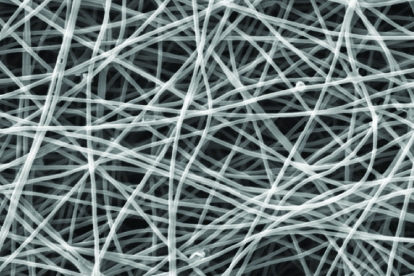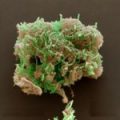Researchers from Cornell University have recently discovered a cost-effective and unique method of cleaning wastewater. Bioelectrochemical engineers and material scientists made nano fiber electrodes from electro-spun carbon then covered them in PEDOT, a conductive polymer. This coating allowed a certain type of bacteria, *Geobacter sulfurreducens, to be applied electrically. The entire process takes several hours until it forms an easily visible sheet of nanofibers.

Interestingly, the bacteria not only feed on pollutants, but it also produces electricity as it grows. The carbon nanofiber electrode is customizable and ideal for its biocompatibility with the bacteria, its high porosity, and surface area. Researchers hope that wastewater treatment plants will utilize these electrodes to capture pollutants at a greater rate than current methods while also reducing the amount of land required to do so.
“Electrodes are expensive to make now, and this material could bring the price of electrodes way down, making it easier to clean up polluted water,” said co-lead author Juan Guzman, a doctoral candidate in the field of biological and environmental engineering.
The research project was a collaboration across colleges, disciplines, students, and professors. Lars Angenent, a senior author on the paper and professor of biological environmental engineering says, “This defines radical collaboration. We have fiber scientists talking to environmental engineers, from two very different Cornell colleges, to create reality from an idea – that was more or less a hunch – that will make cleaning wastewater better and a little more inexpensive.”

*Geobacter sulfurreducens is a gram-negative metal and sulphur-reducing proteobacterium. It is rod-shaped, obligately anaerobic, non-fermentative, has flagellum and type four pili, and is closely related to Geobacter metallireducens. Wikipedia
The complete findings of the project were recently published in the Journal of Power Sources. / Article Source; Cornell University
More News to Read











